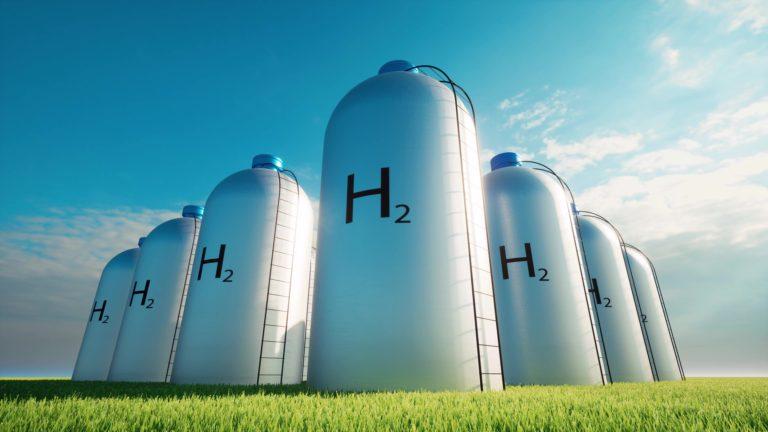Although hydrogen is considered to be one of the key elements in the global decarbonisation debate, its storage is more complicated than storage of many other energy sources that we are much more used to, such as coal, oil, and even natural gas.
This is so primarily because the H2 molecule is the smallest and lightest in the entire universe (Ari Liquide, 2022). This, combined with the fact that hydrogen is a gas under ambient conditions, makes its ‘taming’ and preservation particularly challenging.
To make hydrogen storage less problematic and more economically feasible, its density should be improved so that the vessel where it is preserved could carry the amount of energy greater than or at least comparable to that of more commonly used fossil fuels. In general, however, under normal temperature and pressure, H2 has extremely low volumetric density (around 0.0812 kg/m3). This indicator gradually rises when hydrogen is compressed or liquefied. For instance, under 700 bar, H2’s volumetric density is already 42 kg/m3 and, as a liquid, it nears 70.8 kg/m3. Nevertheless, this would still not turn it into the energy carrying champion, as other substances may bear more energy within the same unit of volume.
That is why, although hydrogen has the highest gravimetric energy density of all known substances (120-142 MJ/kg), it falls short when compared to conventional fossil fuels with respect to volumetric energy density. In simple terms, for a 1-kg weight limit, hydrogen would contain the most energy, while for a 1-liter tank volume limit, other fuels would be capable of carrying more energy.
In this connection, although hydrogen often represents the focal element in energy transition and decarbonisation debates, improving hydrogen ‘storability’ may require this element to be converted into other substances that would contain H2 but would simultaneously be easier to deal with and would have higher volumetric hydrogen density.
Nevertheless, the preferred preservation option would depend not only on the H2 density and content characteristics but also on many other factors including storage volume, duration, safety as well as the purpose for which the stored hydrogen would ultimately be used. In general, H2 and its derivatives could be stored in three aggregate states (gaseous, liquid, and solid).
The hydrogen storage options that are currently attracting the greatest attention, in turn, could be divided into six major groups (types):

Source: Hydrogen storage for a net-zero carbon future – THE OXFORD INSTITUTE FOR ENERGY STUDIES, April 2023
Images used courtesy of Envato.